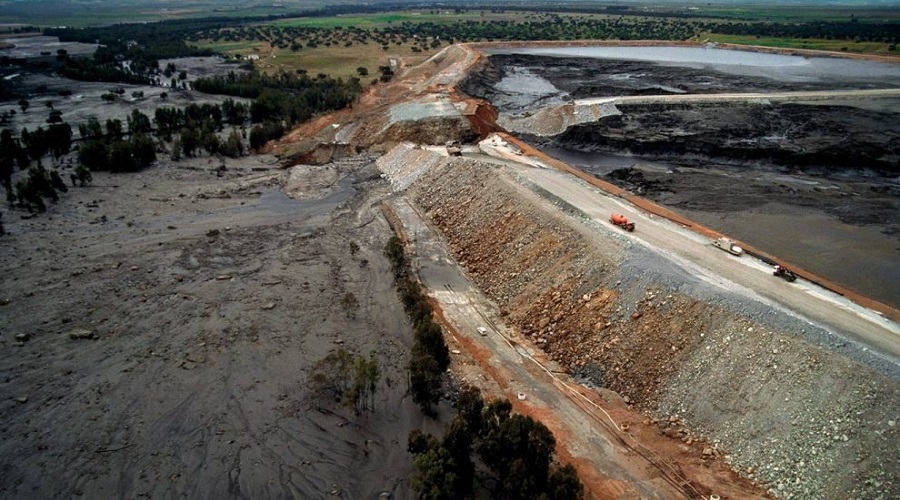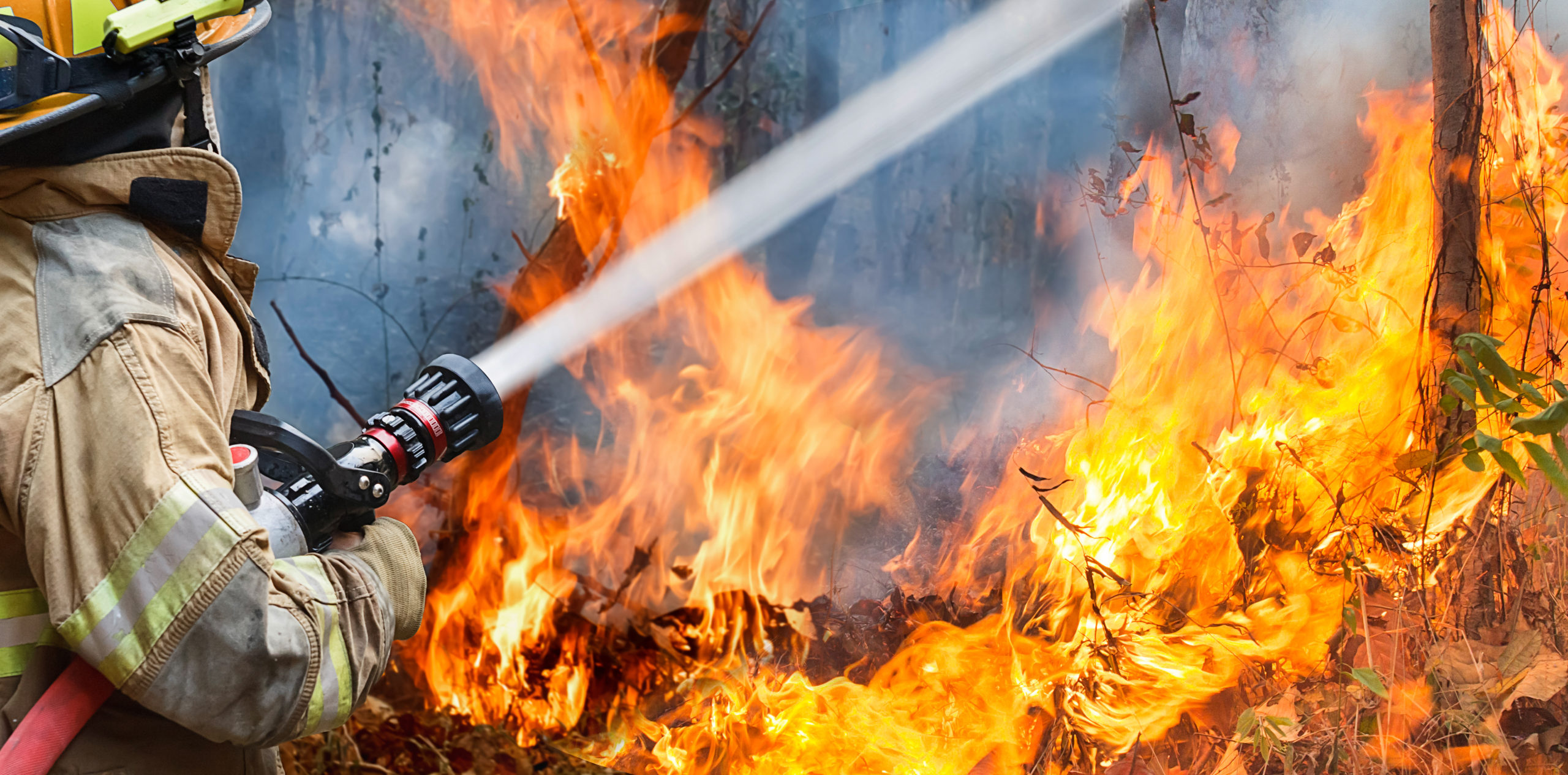Two decades after Los Frailes tailings accident, Guadiamar River shows signs of recovery

Researchers from the University of Seville just published a study where they state that there has been a fall in the total concentrations of metals in the Guadiamar River, two decades after the collapse of the tailings dam at the Los Frailes mine.
The accident took place on April 25, 1998, at Boliden Apirsa’s lead and zinc operation near Aznalcóllar in the province of Seville. On that day, a toxic waste reservoir failed and released 7 million cubic metres of effluent into the Guadiamar River.
The researchers concluded that there has been an important fall in the total concentrations and evolution of the metal fraction towards their more innocuous forms
To evaluate how the river water has evolved after being polluted, the research group took samples back in 2002 and in 2018. Sediments were analyzed from six locations on the Guadiamar River and its main tributaries, from the area of the Aznalcóllar mine to the gates of Doñana National Park.
The samples taken were pre-treated using trituration, sifting and freeze-drying, to determine the concentration of aluminum, cadmium, copper, iron, manganese, lead and zinc. Then, the sequential extraction method of the European Commission Measurements and Testing Programme was used and modified to extract four different metal fractions, that is, interchangeable, reducible, oxidable and residual. For estimating the risks carried by the metal concentrations found in the sediments, the Potential Ecological Risk Index and the Sediment Quality Guide were used.
After comparing the samples, the researchers concluded that there has been an important fall in the total concentrations, and evolution of the metal fraction towards their more innocuous forms, so the environmental risk is much reduced.
“The risk coefficients calculated for the year 2002 showed an extreme risk with very high values for Cd, Pb and Zn in the whole area of study with the exception of the waters upstream of the mine,” the researchers said in a media statement. “In 2018, according to the data obtained, the risk had descended and moderated at the majority of the sample locations.”
According to the experts, despite the serious environmental consequences of the Aznalcóllar mining accident, their study shows that measures taken after the disaster were effective in improving the quality of the waters of the Guadiamar River and its main tributaries in relation to the dumping of acid water and pyrite muds.
In their view, however, it is important to continue monitoring the quality of the water and sediments in the area to make sure they keep their current levels, to avoid any type of dumping and to prevent runoff from areas that are still contaminated.
More News
{{ commodity.name }}
{{ post.title }}
{{ post.date }}

Comments